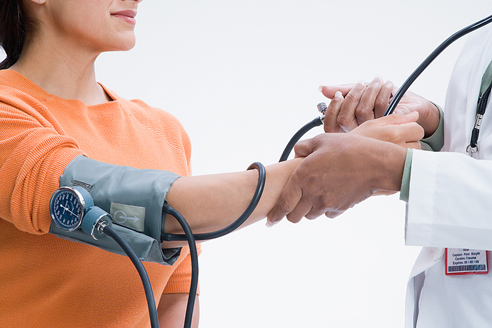A Closer Look at Weight and Blood Cholesterol
Increased weight negatively affects cholesterol levels in the body, as well as some of the components of cholesterol. Your total cholesterol level is made up of three different types of cholesterol: LDL (“bad” cholesterol), VLDL (a mixture of triglycerides and cholesterol), and HDL (“good” cholesterol). Each type of cholesterol has a different function. For heart health, the goal is to decrease LDL cholesterol and increase HDL cholesterol, since LDL contributes to heart disease risk and HDL helps protect the heart. Increased weight creates problems by increasing LDL levels and decreasing HDL levels. It also drives up triglycerides, another type of fat in the blood. Weight loss improves the blood cholesterol and triglyceride levels.
TARGET CHOLESTEROL LEVELS
What It Stands For Levels to Aim For (mg/dL)
- TG Triglyceride Lower than 150
- LDL Low-density lipoprotein Lower than 100 is optimal; greater than 160 is high
- HDL High-density lipoprotein Greater than 40
Is your body shaped more like an apple or a pear? When it comes to weight and health, being shaped like an apple carries greater health risks than being shaped like a pear.
You are apple-shaped if your body fat has settled around your belly. Men are genetically predisposed to gain weight around their belly, although there are exceptions. Having an apple-shaped body means that you have too much abdominal fat. Abdominal fat increases your risk of heart disease, diabetes, and breast cancer following menopause.
Pear-shaped bodies store more fat in the buttocks and hips. Women tend to gain weight on the hips and thighs. Whatever your shape, however, BMI is still important because it is linked with overall body fat. Chances are, if your BMI is high, your waist circumference will be high too.
How to Evaluate Your Abdominal Fat
- Using a cloth measuring tape, like the one used by tailors, measure around the widest area between your belly button and the top of your hips.
- For men, if this measurement is more than 40 inches, you have abdominal obesity.
- For women, if this measurement is more than 35 inches, you have abdominal obesity.

